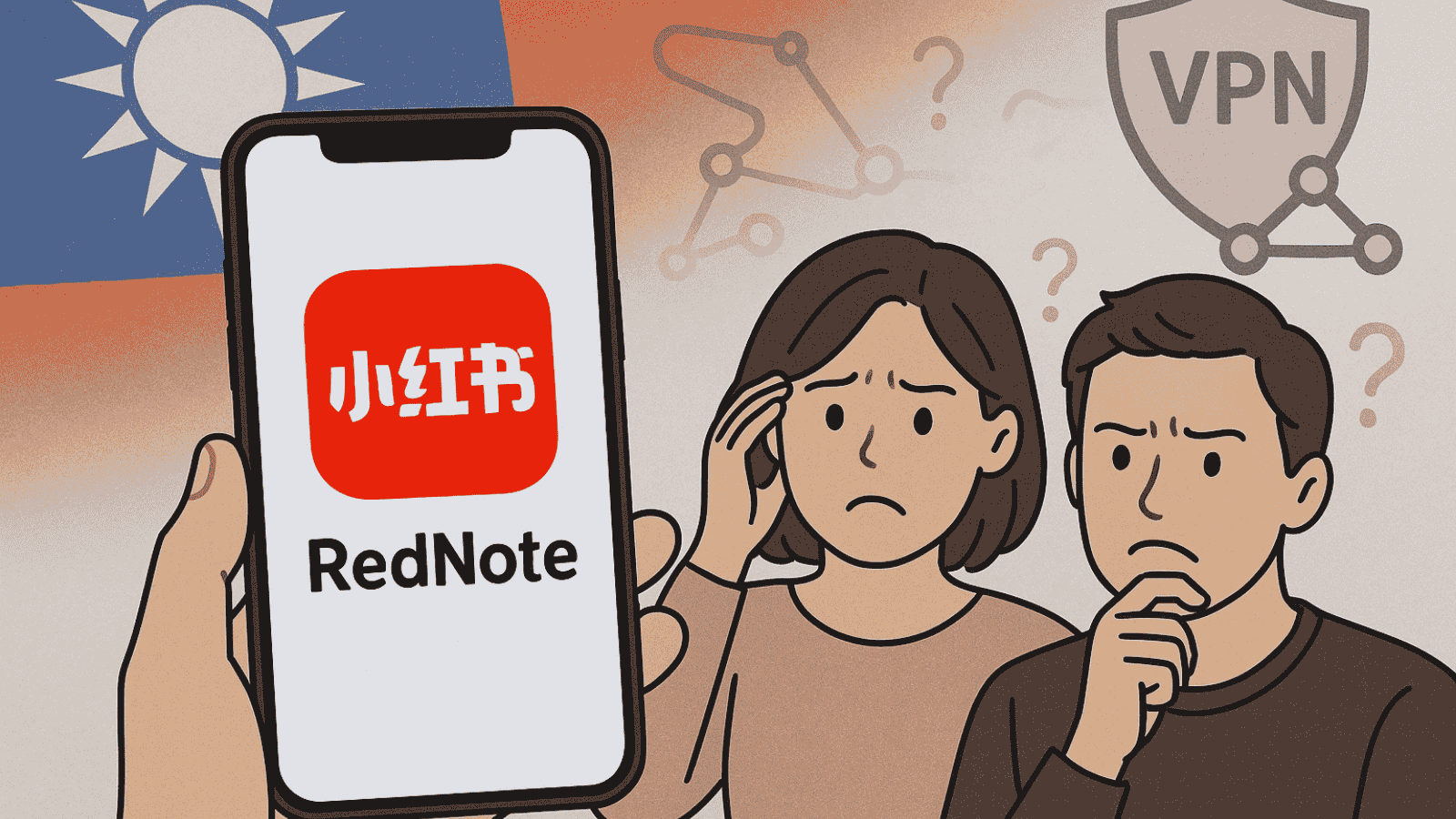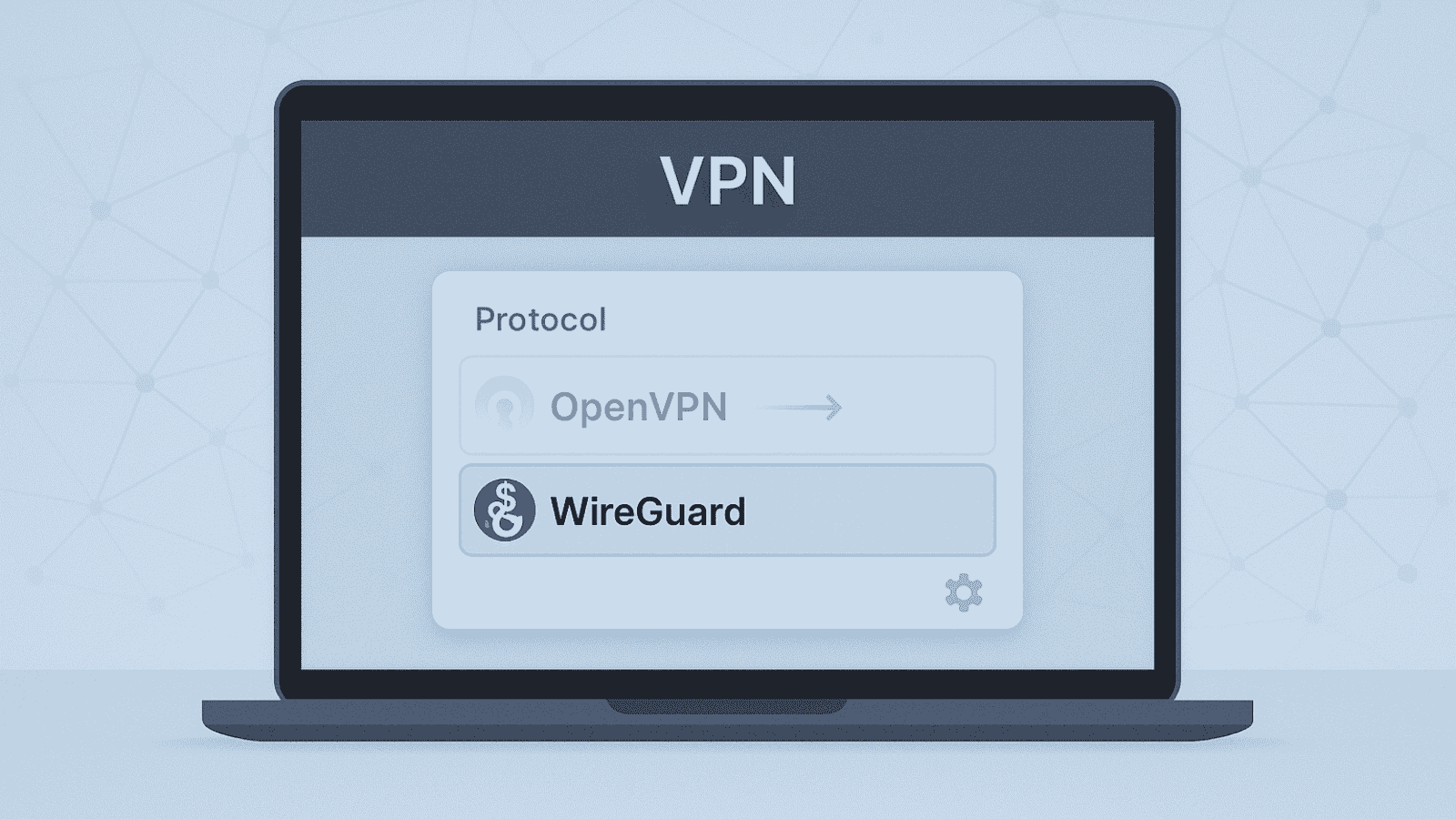
Windscribe Prepares for the Post-Quantum Future With New Encryption Standards
- Quantum Ready: Windscribe prepares to add post-quantum encryption to VPN protocols
- Gradual Rollout: High-risk connections get early access to hybrid key exchange
- Standards Aligned: New encryption aligns with NIST and EU 2030 compliance goals
As global interest in quantum-resistant technologies grows, Windscribe is integrating hybrid cryptographic approaches into its VPN protocols. These include key encapsulation mechanisms (KEMs) based on lattice cryptography, an algorithm class that has gained recognition for its resistance to quantum attacks. According to the company, these upgrades are being introduced into OpenVPN and TLS implementations as part of a phased rollout strategy.
Windscribe’s WireGuard implementation already includes support for PresharedKey (PSK) parameters, adding an additional layer of protection, though the company acknowledges that this method is not fully quantum-secure on its own. The development roadmap aligns with broader industry initiatives, including standards under evaluation by the U.S. National Institute of Standards and Technology (NIST) and European cryptographic transition plans targeting 2030.
Windscribe’s post-quantum efforts form part of a broader emphasis on cryptographic resilience. These measures include enhancements to symmetric key operations, which are less susceptible to quantum threats, as well as improvements to its R.O.B.E.R.T. threat-blocking system, which may also incorporate lightweight, on-device AI for detecting anomalies in user traffic without compromising privacy.
To reduce performance consequences, the business stresses that all new encryption solutions are being tested internally and will be implemented gradually. High-risk connections will be the primary focus of the initial implementation, with network-wide adoption to follow as standards develop and user input is obtained.
Windscribe, which has a stated policy of operating with full transparency and without external investment, views post-quantum security as an essential step in maintaining user trust over the long term.
While quantum computing remains an emerging field, Windscribe’s proactive stance underscores growing awareness among privacy-focused companies that the security landscape is changing, and preparation, not reaction, will define the next generation of internet privacy.













